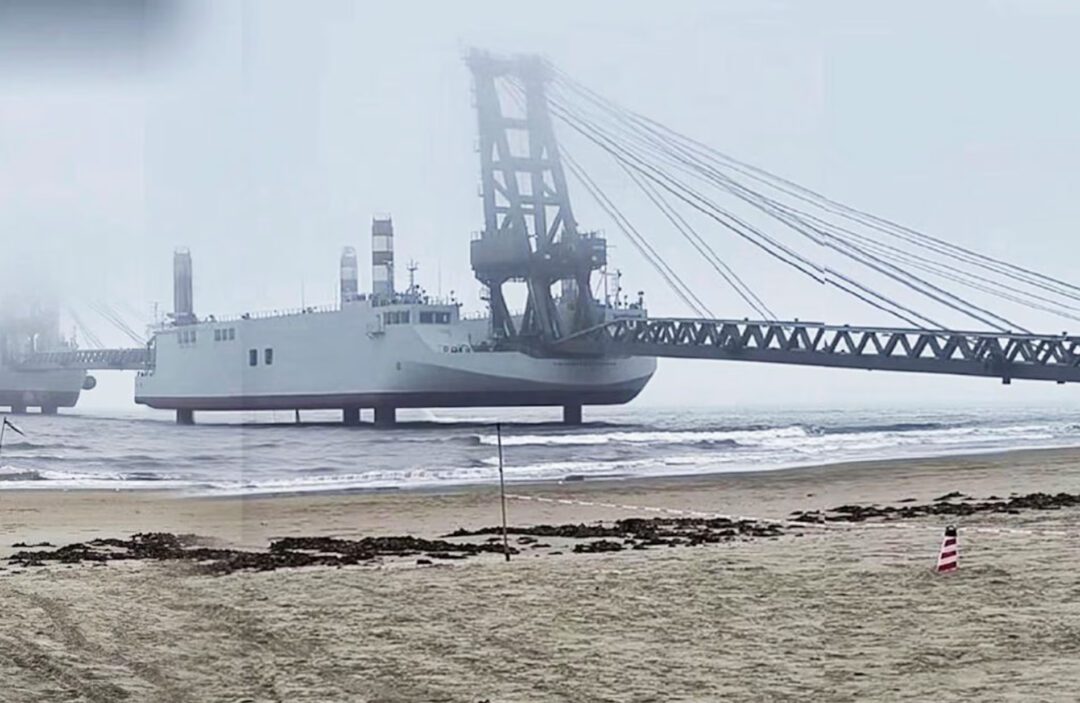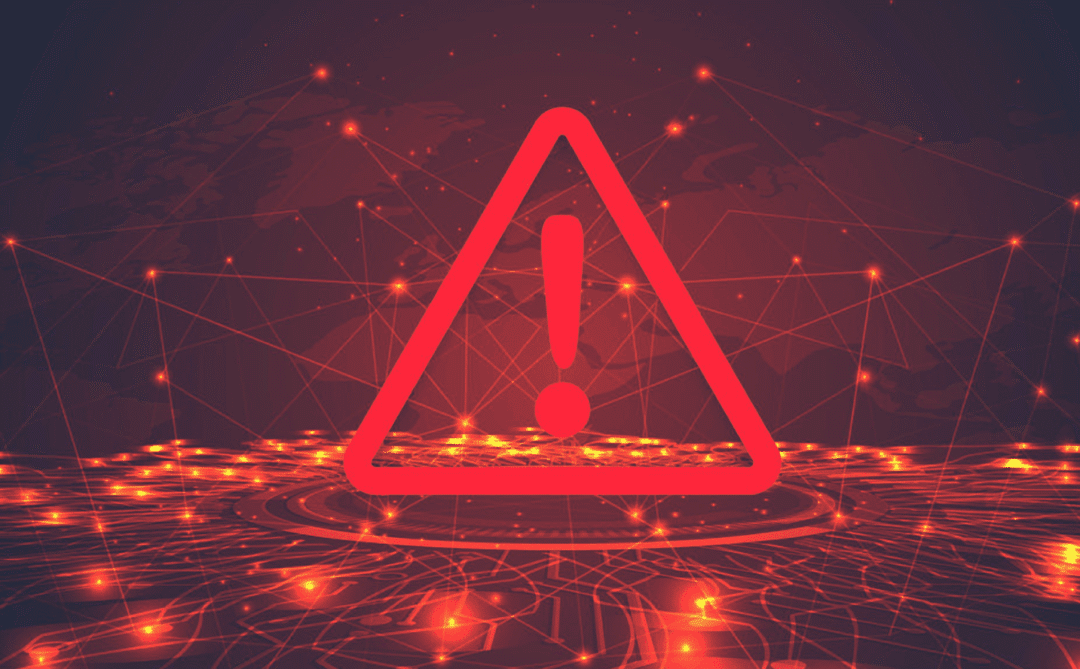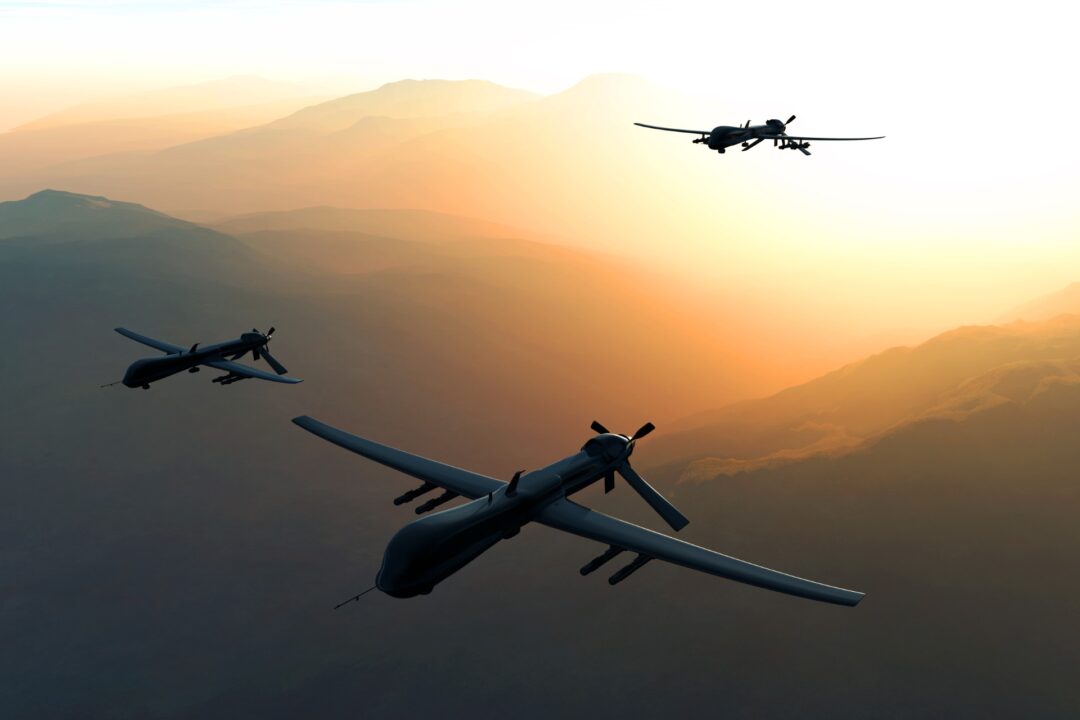
Futureproofing homeland security
Current conflicts, especially in the Ukraine, are demonstrating the operational effectiveness of drone and missile technologies. In fact, in September, Britain’s most senior military officer, Adm Sir Tony Radakin addressed attendees at DSEI saying the war had revealed a potential vulnerability of the UK to missile and drone attack, arguing it is time for greater discussion about improving homeland security.
It’s clear that as technology advances, reference to drone and missile attacks and the lines between the two concepts are blurring. Reuters recently published this explainer on the differences between a missile and a drone.
What’s the difference between a missile and a drone?
Fundamentally, the two concepts are very similar and a missile could be considered as a very specialist type of drone. Whereas drones may be deployed to perform functions ranging from surveillance to tracking and even stores delivery, missiles are designed solely to have a kinetic effect.
Any other potential differentiators are subject to exception. For example, drones are often described as cheaper than missiles, however the more sophisticated military surveillance drones (e.g. Predators) are clearly just as expensive.
Drones are often perceived as being more intelligent than missiles, however there is no reason why more intelligence cannot be embedded in missiles. Similarly, there is no reason why missiles cannot exchange information and collaborate in the same way that drones do.
Drones are also often associated with the concept of swarms. Whilst we see some powerful opportunities in the use of swarm concepts, we believe that the future of military operations will be based on the application of squads of heterogeneous drones. Our paper on Squads versus Swarms explains this concept in more detail.
Countering missiles
Missile technology has progressed significantly in recent years with the emergence of hypersonic capabilities that have the potential to evade existing defence systems. Developing radars capable of tracking such weapons is an essential aspect of anti-missile defence.
Future defence systems must go beyond individual sensors and point capabilities. Integration is essential to delivering an effective solution in an environment where defence systems will be subject to kinetic and cyber attacks simultaneously. Such attacks will be surrounded by deception campaign using channels from social media to the mainstream press. Effective defence requires an integrated, multi-domain view of the battlespace.
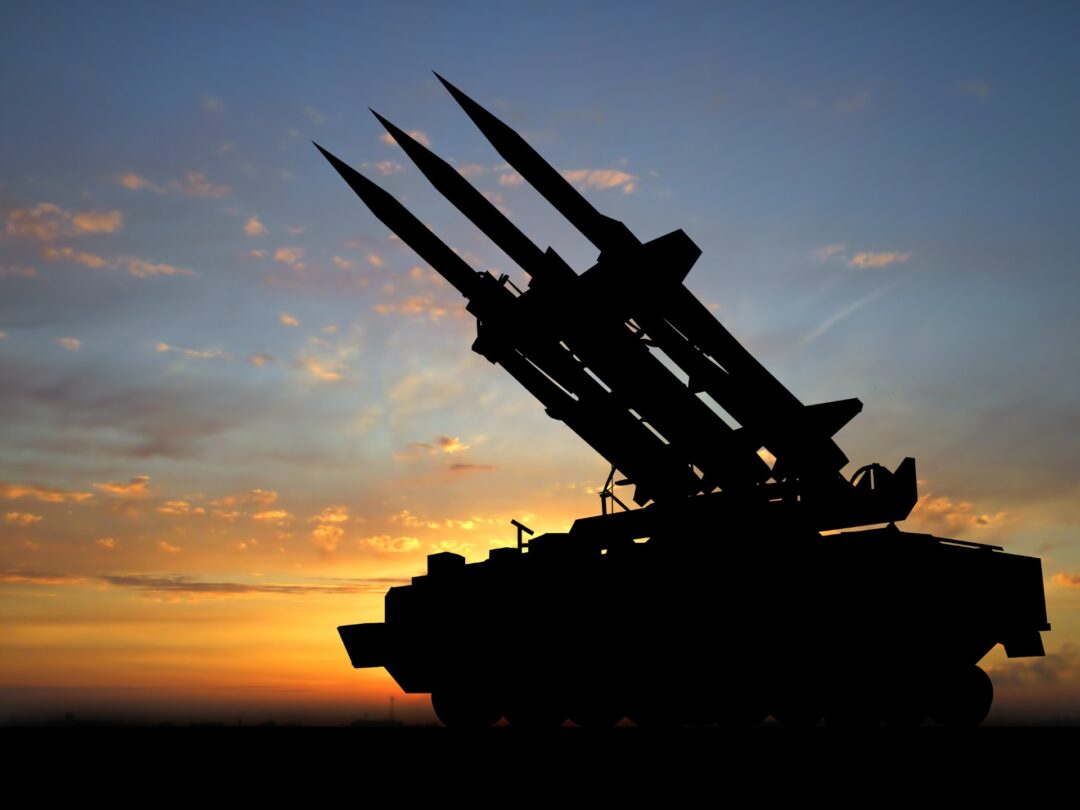
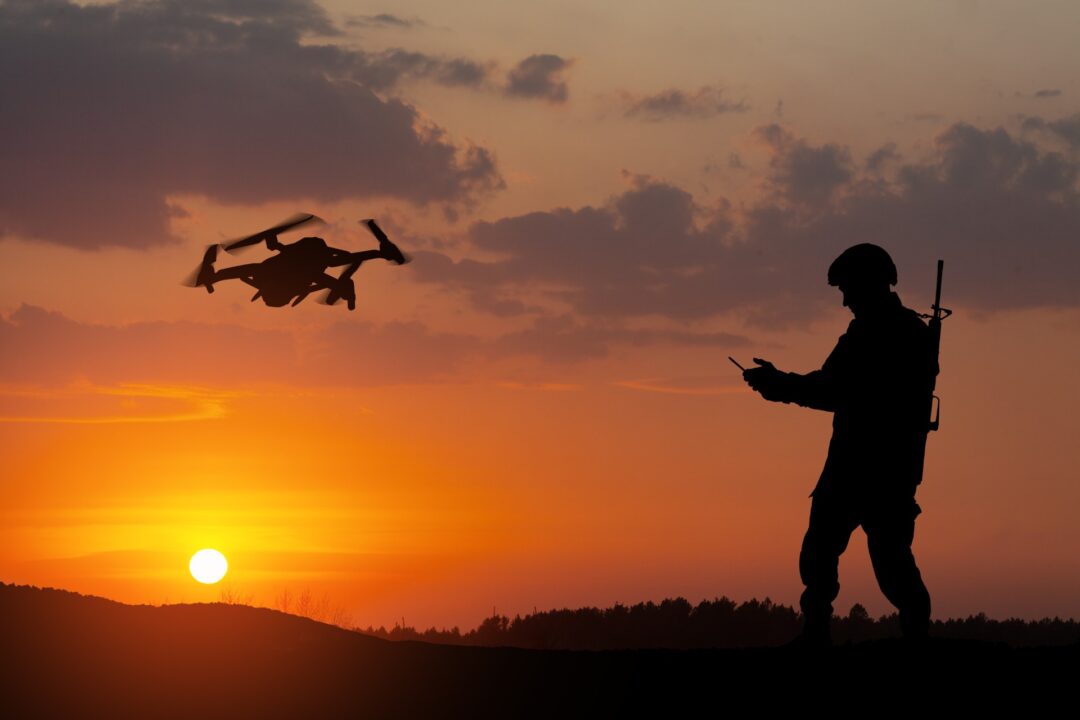
Countering drones
Unmanned Air Systems (UAS), or drones represent a serious threat in defence and security. Attacks can range from using a single remote control quad copter to disrupt an airport to the deployment of a highly sophisticated platform (e.g. a Predator) that fires high precision missiles at ground targets.
In Ukraine (and Syria), we have seen remote control toys re-purposed to carry hand grenades a few hundred meters. We have also seen large swarms of attack using more advanced long range vehicles. Drone attacks also include the use of ground, surface and submersible vehicles. Drone attacks vary considerably in sophistication from direct remote control to fully autonomous with different levels of intelligence.
Given the broad scope in the type and nature of drone attack, it should be no surprise that there is also a very broad range of counter-UAS systems. The solution required to protect a civilian airport from disruption in peace time will be very different to that required to protect a command headquarters in war time.
Developing a counter-UAS strategy requires a clear understanding of the threat landscape and the development of an appropriate hierarchy of defensive capabilities.
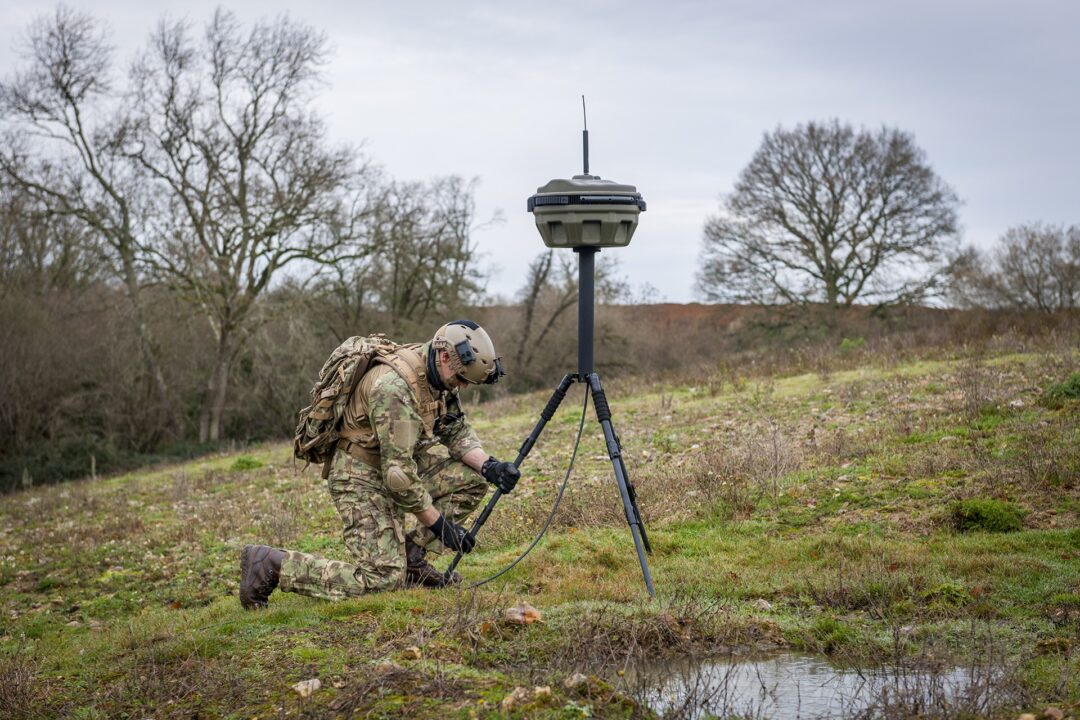
How we’re accelerating the future of defence
The future of military operations will, without any doubt, be increasingly focused on the use of intelligent, autonomous, uncrewed vehicles. Achieving mission superiority will depend on understanding how to integrate and apply squads of these vehicles in the most effective manner.
With deep expertise in radar, electronic warfare, signals processing and emerging sensor technologies, Roke is a leading contributor to UK defence technology. We are committed to supporting the UK in critical areas such as anti-missile defence.
Our capabilities
- Drone Payloads – as a leading provider of advanced sensors, we are actively developing sensor payloads that can be developed on a range of different platforms. We aim to be platform independent and are currently working with multiple drone platforms
- Sensor Technologies – as a leading provider of advanced sensors, we are pioneering Radio Frequency Direction Finding (RFDF) sensors. Our Perceive EW system is capable of intercepting and direction finding RF signals used for drone command and control. In addition, we have developed electro-optical solutions that use high scan rate cameras to detect and track small UAS, and our deep expertise in acoustic array technology enables the classification and tracking of drones according to their acoustic signatures
- Precision UAS operation at speed – Our high-speed miniature radar altimeter (Nav-Sync MRA) type 2 has been optimised to operate into a wide range of platforms, and has gone through a number of trials and tests to ensure it remains robust in operational environments. New applications for this variant include fixed-wing air vehicles and high-speed air platforms
- Drone Autonomy – Our Roke Robotics and Autonomous Systems (RRAS) product provides a sophisticated platform for the supervision of autonomous drones and sensors. Using the product, we are able to define a mission objective and RRAS determines how best to deploy the drones and sensors in order to achieve the mission
- Human Drone Augmentation – we believe that humans are essential even in autonomous systems. This includes both ensuring the human is engaged at the correct place and time in the command chain. It also includes deploying humans as part of an autonomous squad. Our CC1 product enables the tasking of a human as part of an autonomous squad and enables the human to act as both a sensor and effector
- Counter Drone Solutions – with a broad range of sensing technologies from radio frequency direction finding to electro-optical solutions and acoustic detectors, we are able to contribute to the detection challenge. More importantly, we are able to integrate our sensors together with third party sensors and use our RRAS autonomy product to supervise a best of breed counter UAS solution

Talk to the experts
Want to work with us? Talk to an expert.
Conclusion
Roke’s integrated counter-drone and missile defence suite combines advanced sensor payloads, RF direction-finding, electro-optical tracking, miniature radar altimeters, and autonomous tasking via RRAS—delivering a layered, mission-ready system that detects, classifies, and neutralises aerial threats ahead of impact, safeguarding the UK’s critical assets and operational resilience.
